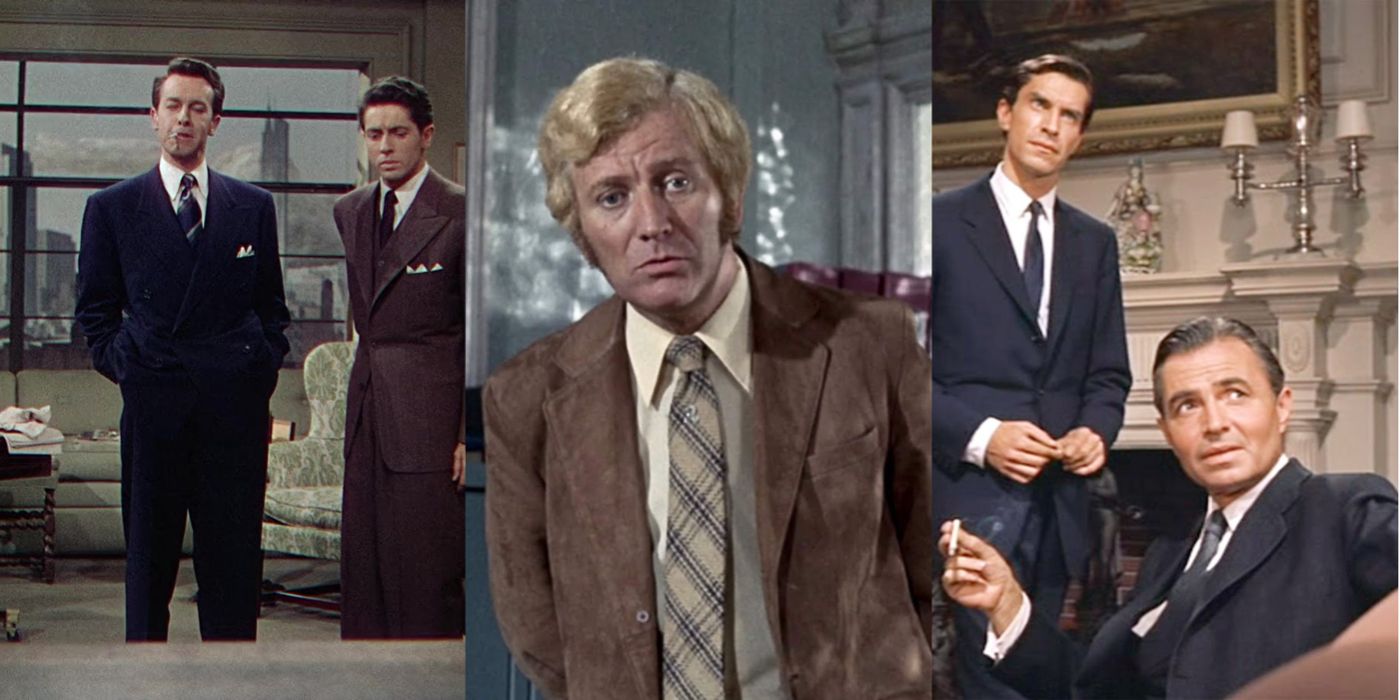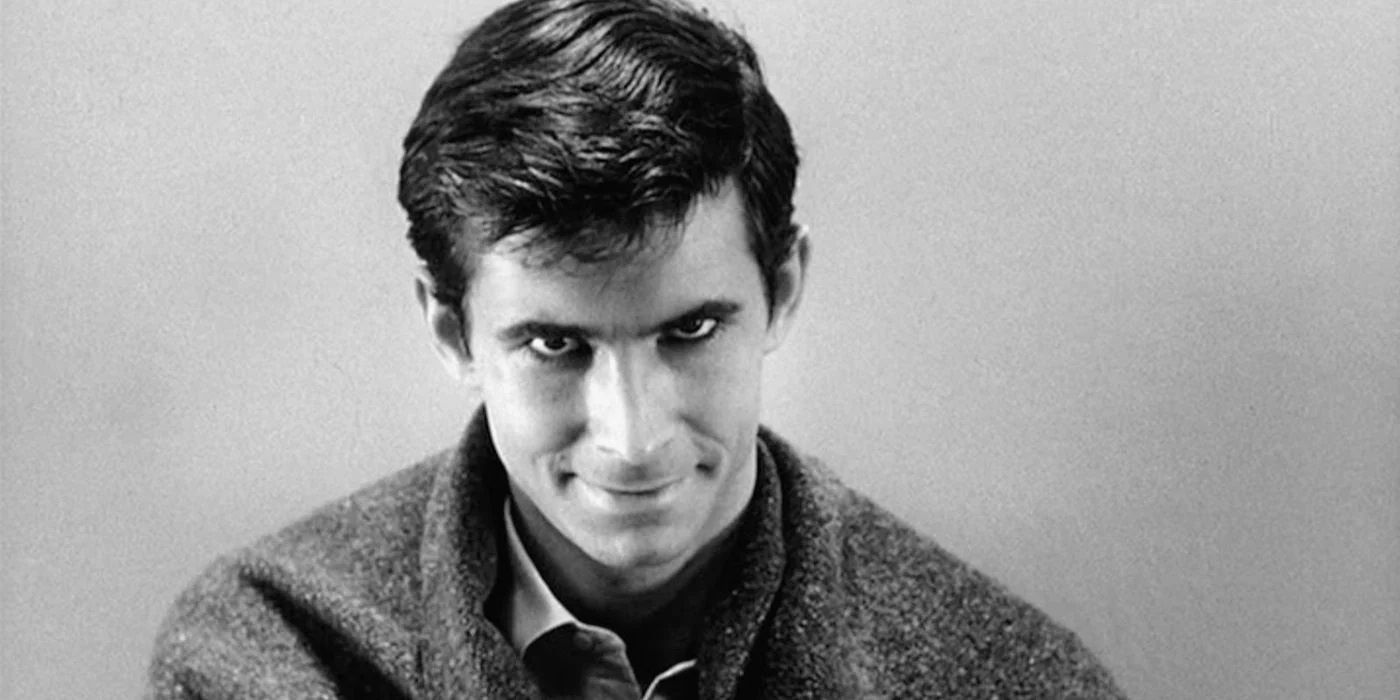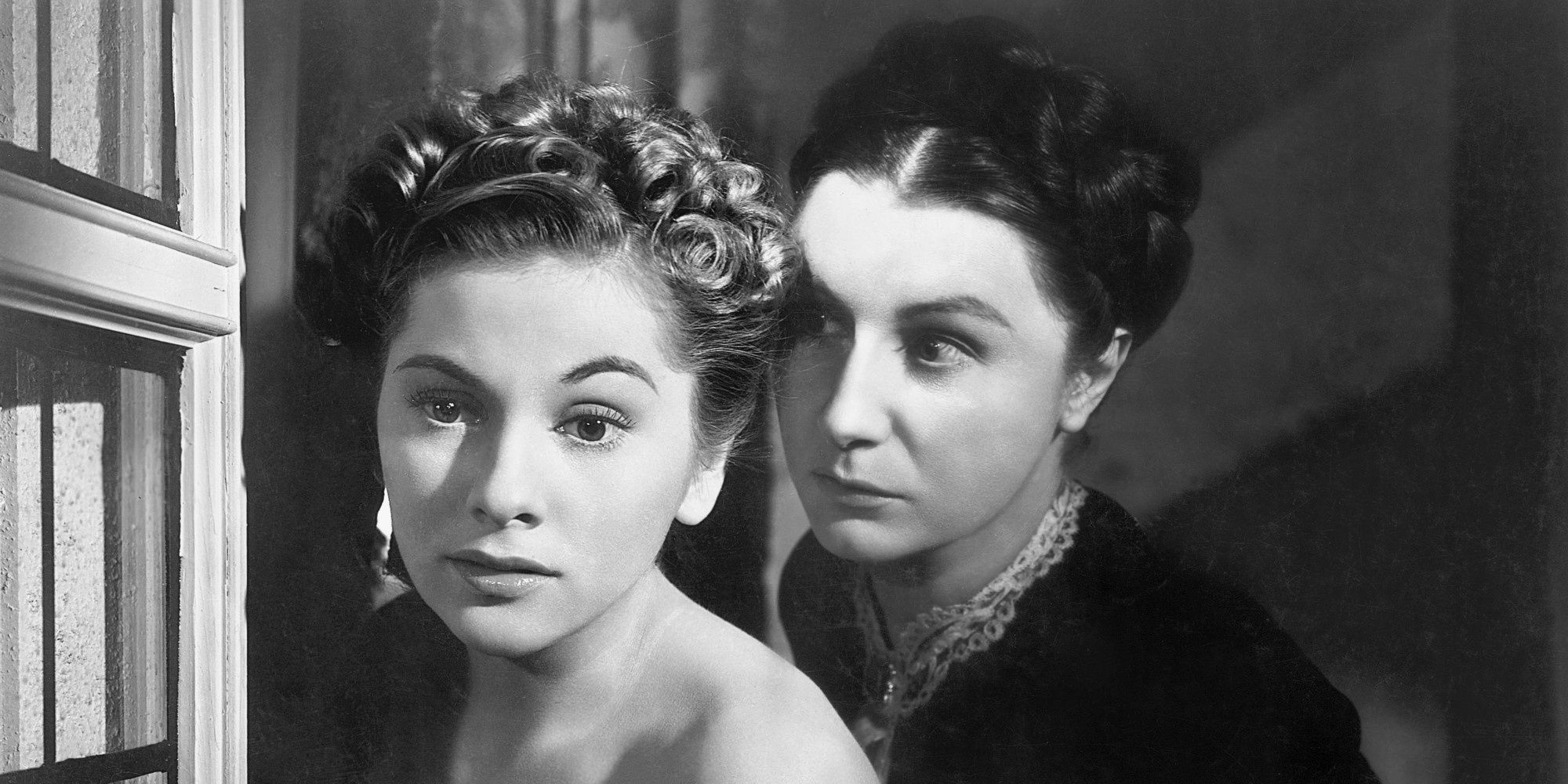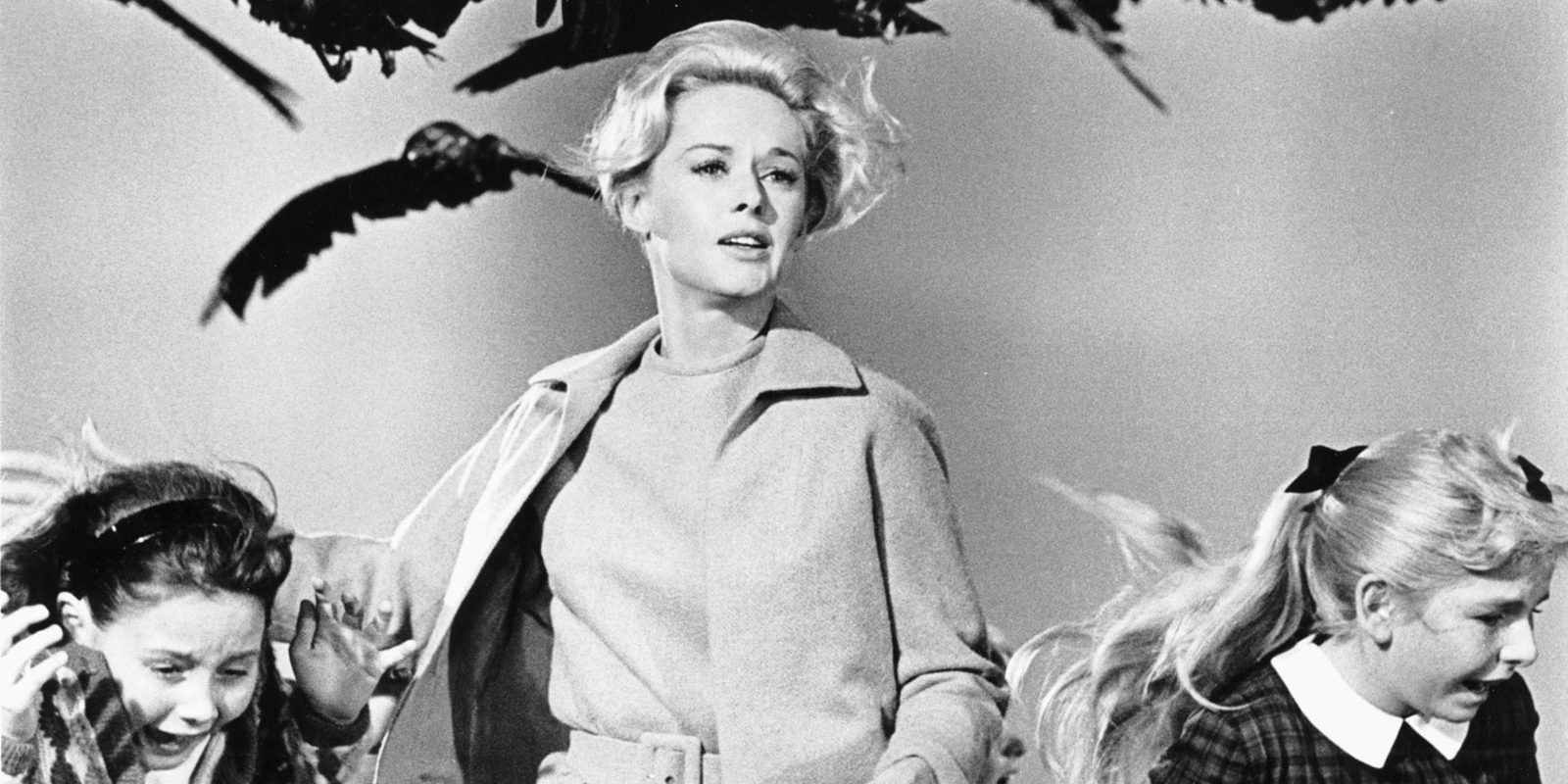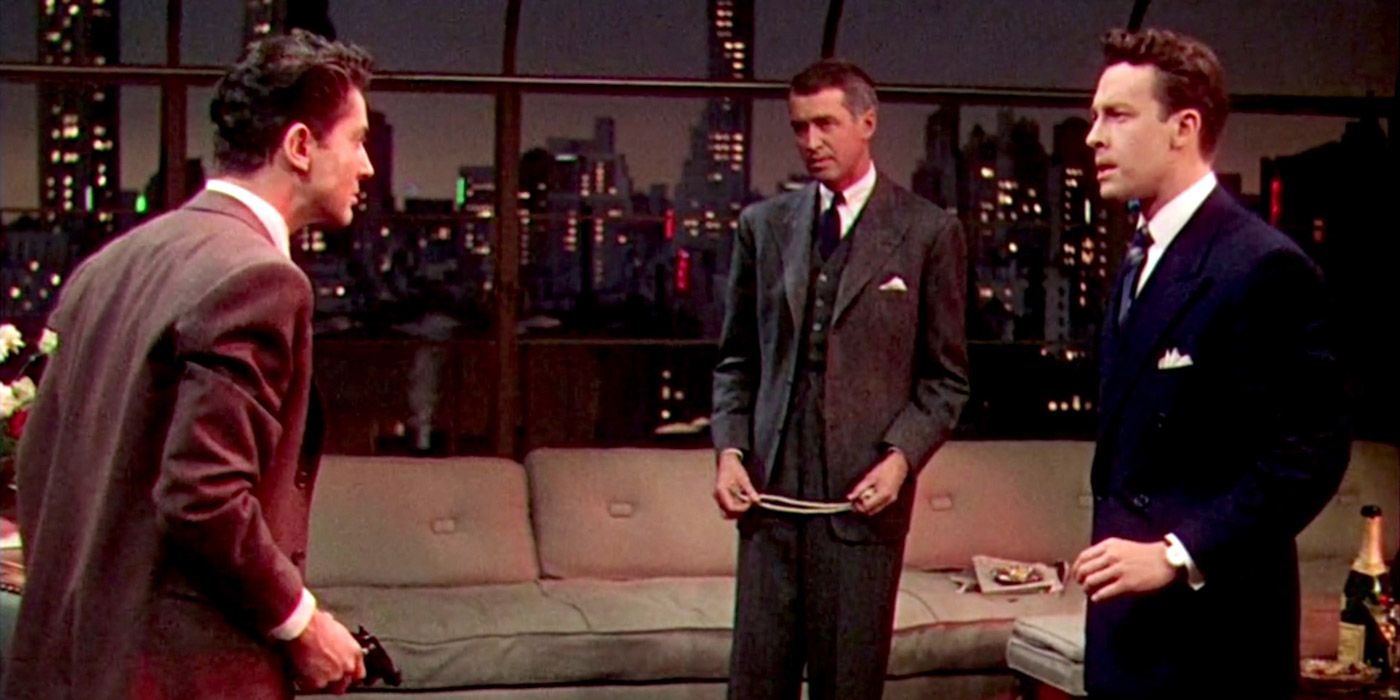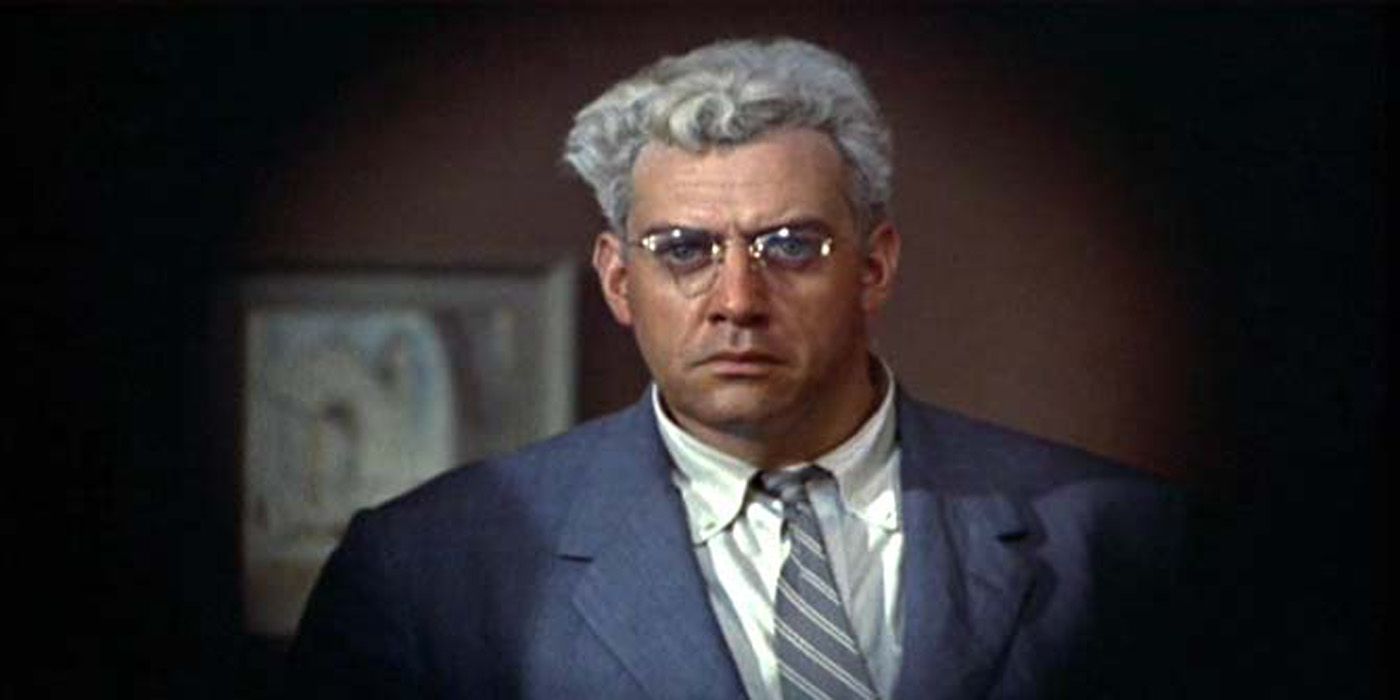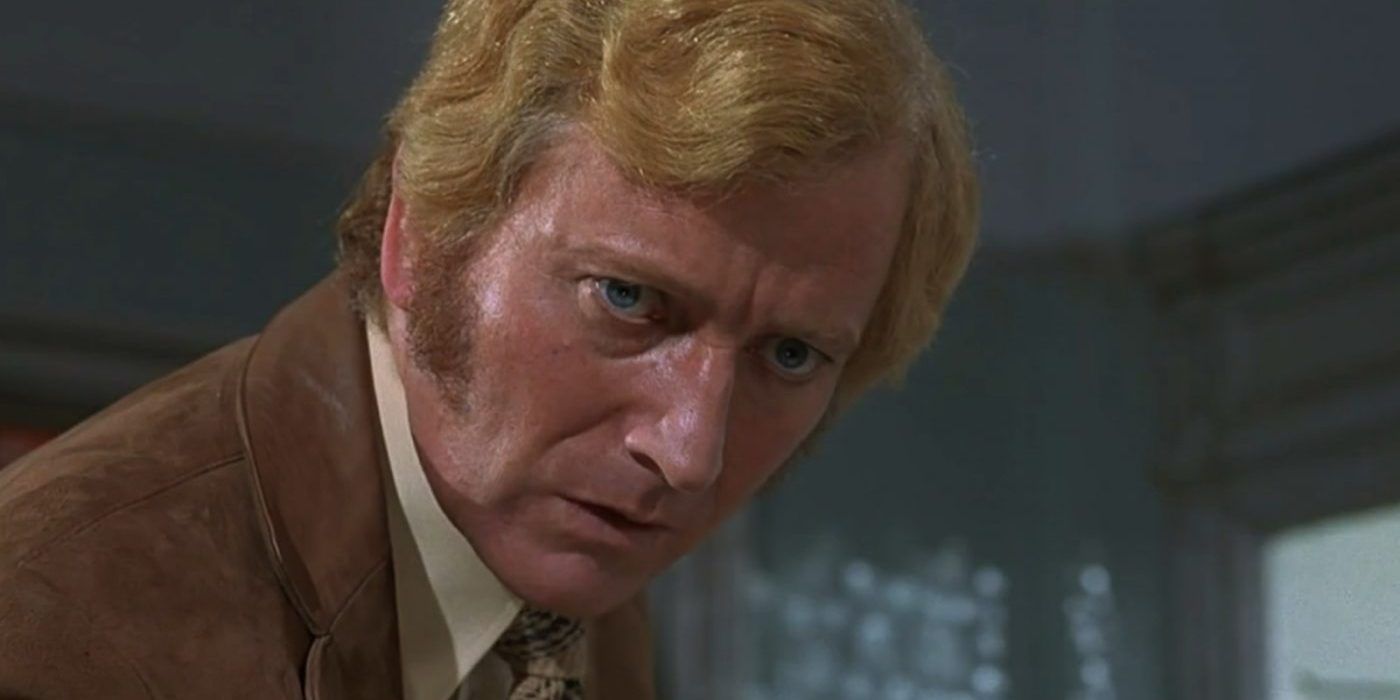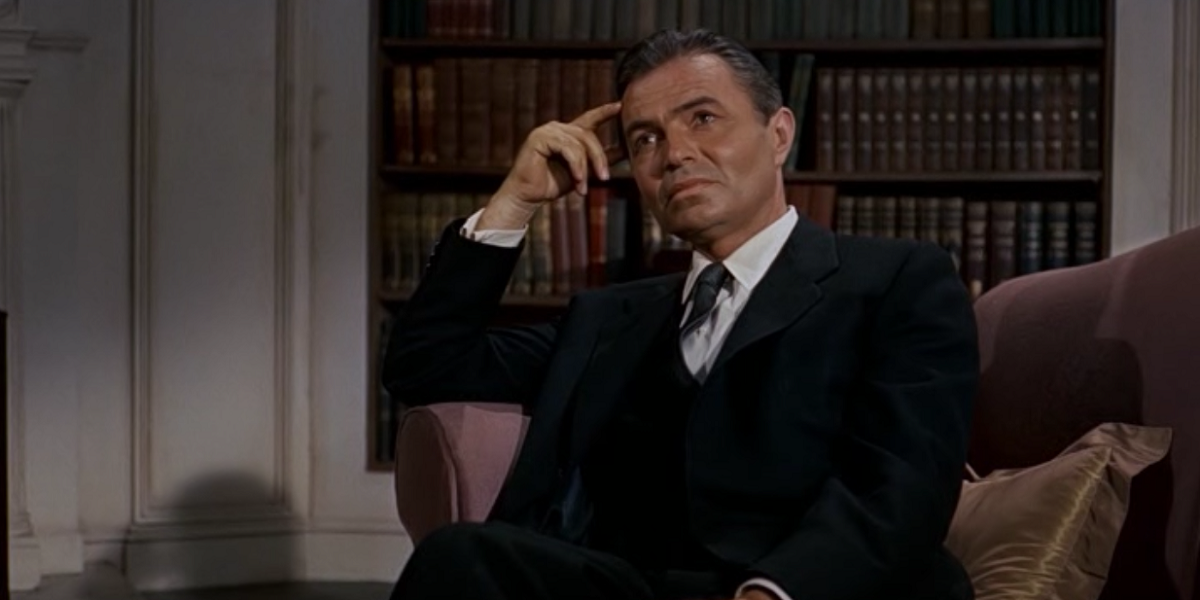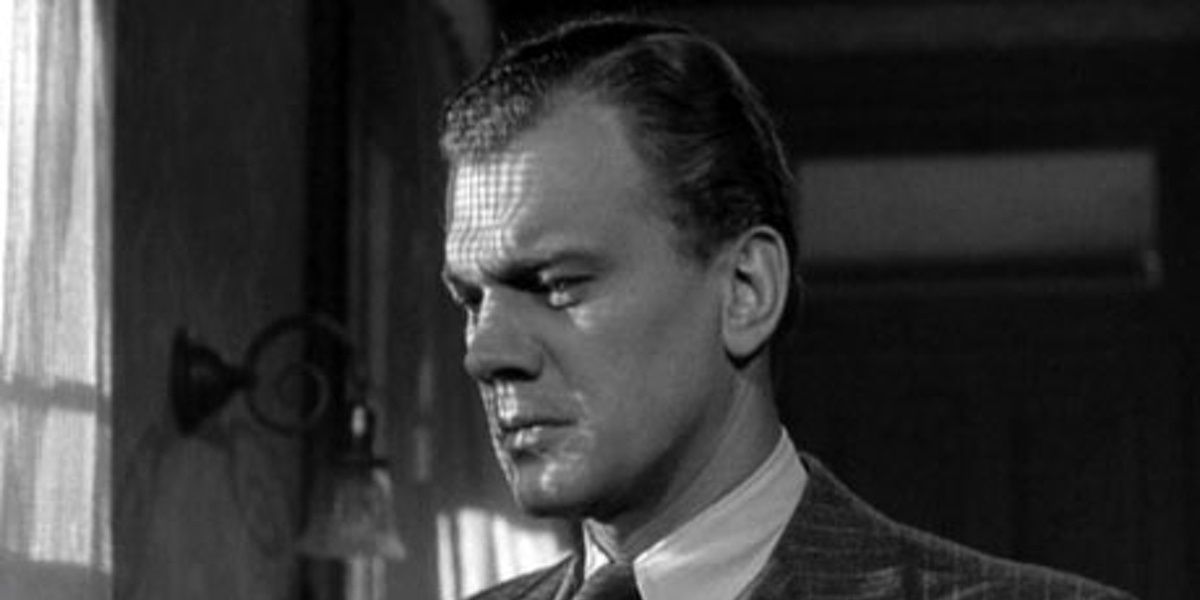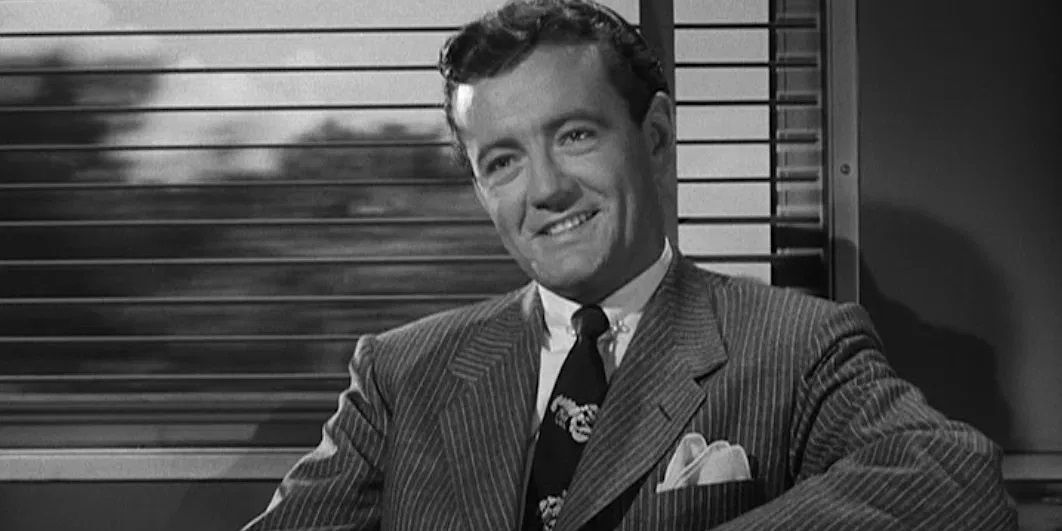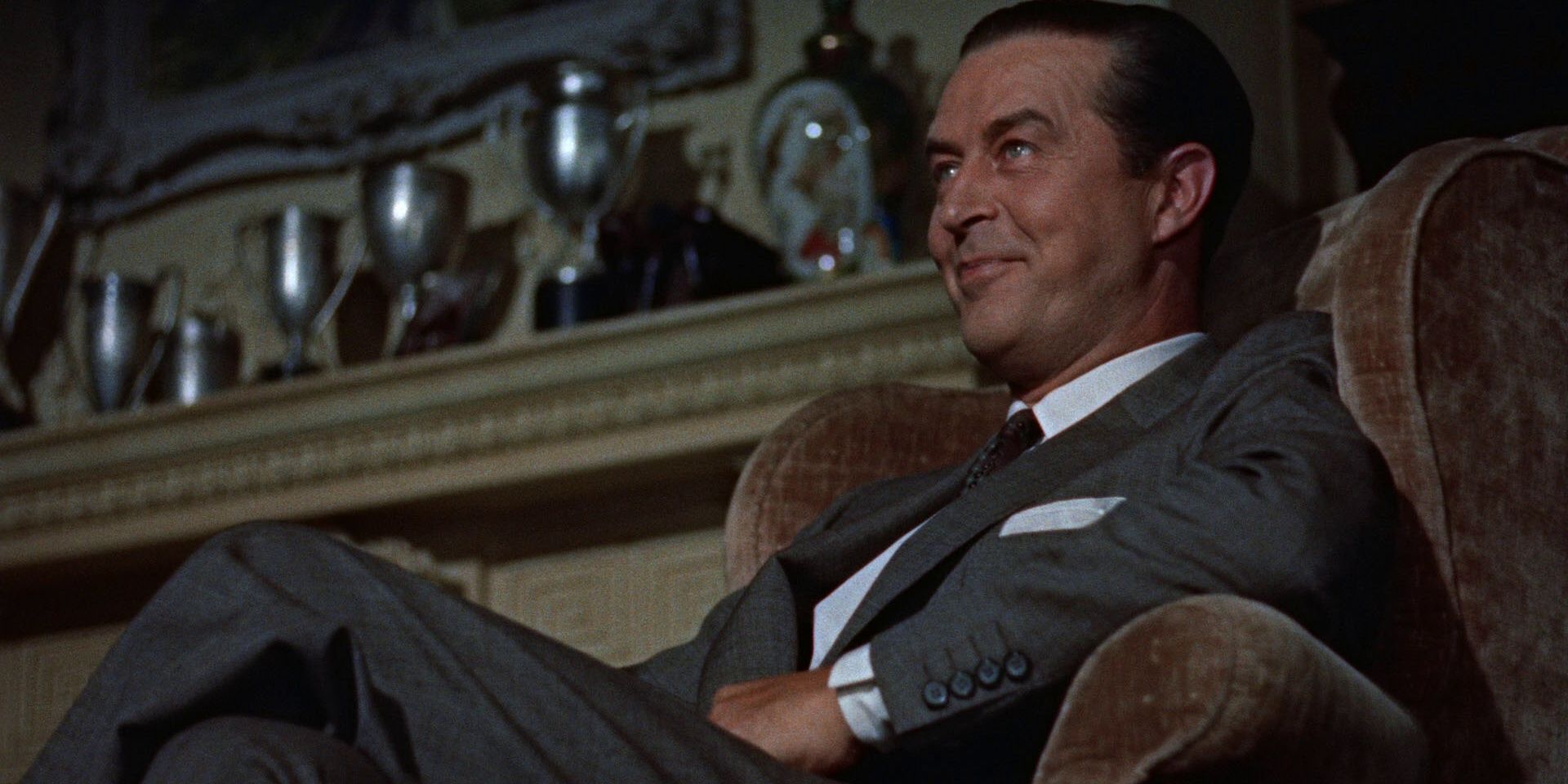The casting of impressionist Alistair McGowan as the voice of Alfred Hitchcock in the upcoming documentary My Name Is Alfred Hitchcock highlights just how beloved the Master of Suspense remains. It's been 42 years since Hitchcock passed away, and yet his films are still viewed, studied, emulated and enjoyed by audiences and filmmakers around the world.
A big part of the continued fascination with Hitchcock's work has always been his characters. But while his protagonists are often unlikely heroes, it's the villains who've truly made a difference to audiences and cinema as a whole. Hitchcock retained an uncanny knack for highlighting terrifying aspects in his characters, and Ranker has set out to determine the scariest of these.
Note: Ranker lists are fan-voted, live, and continue to accrue votes, so some rankings may have changed after this publishing.
Norman Bates - Psycho (1960)
When Alfred Hitchcock’s Psycho arrived in theatres in 1960, it broke new ground for several reasons. The film was shrouded in secrecy, to the point where audience members were asked not to spoil the ending for others. Anthony Perkins’ Norman Bates character was eventually revealed as the film’s killer, and the horror genre took a huge leap forward.
Even today, seeing a wig-wearing Bates wield a butcher knife in his dead mother’s dress is utterly terrifying. Perhaps it’s due to the quiet and reserved character that Bates plays for the majority of the classic film, but when the audience learns that his mother is long dead, the story really falls into place and lingers with viewers well after the final credits roll.
Mrs. Danvers - Rebecca (1940)
While not as widely seen as some of Hitchcock’s later works, Rebecca offers a chilling antagonist in the form of housekeeper Mrs. Danvers. Unwilling to accept the fact that her employer, Maxim de Winter has remarried after the death of his first wife Rebecca, Mrs. Danvers plays psychological games to torture the new matriarch.
Rebecca offers fans a powerful look at Hitchcock’s knack for wielding psychological scares. Though his career was known for precisely this skill, Rebecca arguably sees him on the cusp of truly mastering this technique. Mrs. Danvers is the perfect antagonist in this respect, proving that genuine fear can be established without monsters or serial killers.
The Birds – The Birds (1963)
A horror film about birds gone bad might seem laughable, but Hitchcock’s 1963 legendary hit pulled the concept off with perfection. After arriving in the seaside town of Bodega Bay, Melanie Daniels (Tippi Hedren) and the Brenner family are held hostage by a variety of birds out for blood.
It takes a special kind of filmmaker to pull off what Hitchcock managed to achieve with The Birds. Seeing seagulls and crows turn against humans is no simple feat, largely because birds aren’t all that frightening to most. The production was notoriously agonizing for Hedren, who was forced by Hitchcock to endure the wrath of real birds, resulting in a very unsettling classic.
Brandon Shaw – Rope (1948)
Shot almost entirely in one take with only a handful of subtle cuts, Rope is one of Hitchcock’s greatest achievements. The story follows two New York City men, Brandon Shaw and Philip Morgan, who kill a friend just for the experience. Ahead of its time for numerous reasons, Rope remains as disturbing as it is engaging.
Between Brandon and Philip, it’s Brandon who’s the mastermind of the murderous plot. Not only is he eager to murder a friend, but he also delights in the aftermath, hosting a dinner party while the body sits in a chest. His horrific behavior and the calculated ease with which Brandon does it make him an entirely unsympathetic and truly terrifying character.
Lars Thorwald – Rear Window (1954)
Rear Window was the second of Hitchcock’s four iconic collaborations with legendary actor James Stewart. The film’s simple but highly effective plot sees bedridden photojournalist L.B. Jefferies (Stewart) discover that his neighbor has committed a murder.
Lars Thorwald is the neighbor in question, and although the two live in separate buildings, audiences watch as the rugged killer discovers where Jeffries is. As if audiences discovering that Thorwald is a killer weren’t enough, his eerie, plodding movements and merciless expressions are unforgettable.
Robert Rusk – Frenzy (1972)
This London-set thriller was the second last feature of Hitchcock’s unparalleled career and offered a degree of brutality unlike anything previously seen in his films. Necktie Strangler Robert Rusk sexually assaults and kills his victims, framing a former bartender in the process. It’s a creepy, often disturbing film, and an underrated must for Hitchcock fans.
Perhaps what’s most distressing about Rusk is that he’s so incredibly confident, to the point of smugness. He has zero regard for the women whose lives he callously takes, resulting in a chilling profile of a killer. Hitchcock’s wrong man theme – prevalent in so many of his films, feels entirely different in Frenzy, likely due to Rusk’s pure evil persona taking prominence.
Phillip Vandamm – North By Northwest (1959)
Screen legend James Mason perfectly utilized his calm and methodical acting style to create one of cinema’s greatest villains in Phillip Vandamm. After being mistaken for a spy, mild-mannered advertising executive Roger Thornhill (Cary Grant) is abducted by Vandamm’s goons, kicking off a suspense-filled cross-country caper.
What’s most frustrating about Vandamm (at least for Thornhill) is that he refuses to believe that he’s got the wrong man. The moment that Vandamm reveals to the captive Thornhill that he either admits the truth or dies marks a very specific shift in North By Northwest’s tone. From that point onward, Vandamm’s cold indifference raises the film’s stakes substantially.
Uncle Charlie – Shadow Of A Doubt (1943)
Released in 1943, Shadow of a Doubt further illustrated Hitchcock’s growing ability to keep his audiences in suspense. The film tells the story of murderous thief Charles Oakley (aka Uncle Charlie) who travels to the home of his sister and her family. While there, the truth about his ways becomes clear to his teenage niece.
There’s no doubt that Uncle Charlie is a dangerous killer, but compared to other Hitchcock antagonists, he comes off as far less polished. This isn’t to say that Charlie isn’t frightening, however – his disgust of elderly women marks him as such an unpleasant character that every move he makes feels unpredictable and constantly capable of leading to murder.
Bruno Antony – Strangers On A Train (1951)
As the 1950s kicked off, Hitchcock entered into what many fans consider to be the most crucial stage of his career. The concept of murder was being more deeply explored in his films, with Strangers On A Train focusing on a troubled young man convinced that the perfect murder could be committed.
Naturally, any character who fixates on murder is going to be a frightening one. The key difference with Bruno, however, is that he’s completely deluded and living in a fantasy. Add to this his strange relationship with his mother, and the character is unstable, to say the least. Regardless of how poorly thought out his plan is, Bruno is determined to kill.
Tony Wendice – Dial M For Murder (1954)
When former tennis star Tony Wendice learns that his wife has been having an affair, he conceives of a plan to have her murdered. It’s particularly dark subject matter, to say the least, and although not one of Hitchcock’s biggest hits, it still delivers plenty of suspense.
Though Wendice is conniving and underhanded in his dealings with the man he blackmails to kill his wife, what separates him from other Hitchcock villains is his unwillingness to commit the act himself. It’s frightening to see someone so possessed by an idea, but Wendice’s plan isn’t a strong one. Arguably then, what’s most frightening about him is his recklessness.

